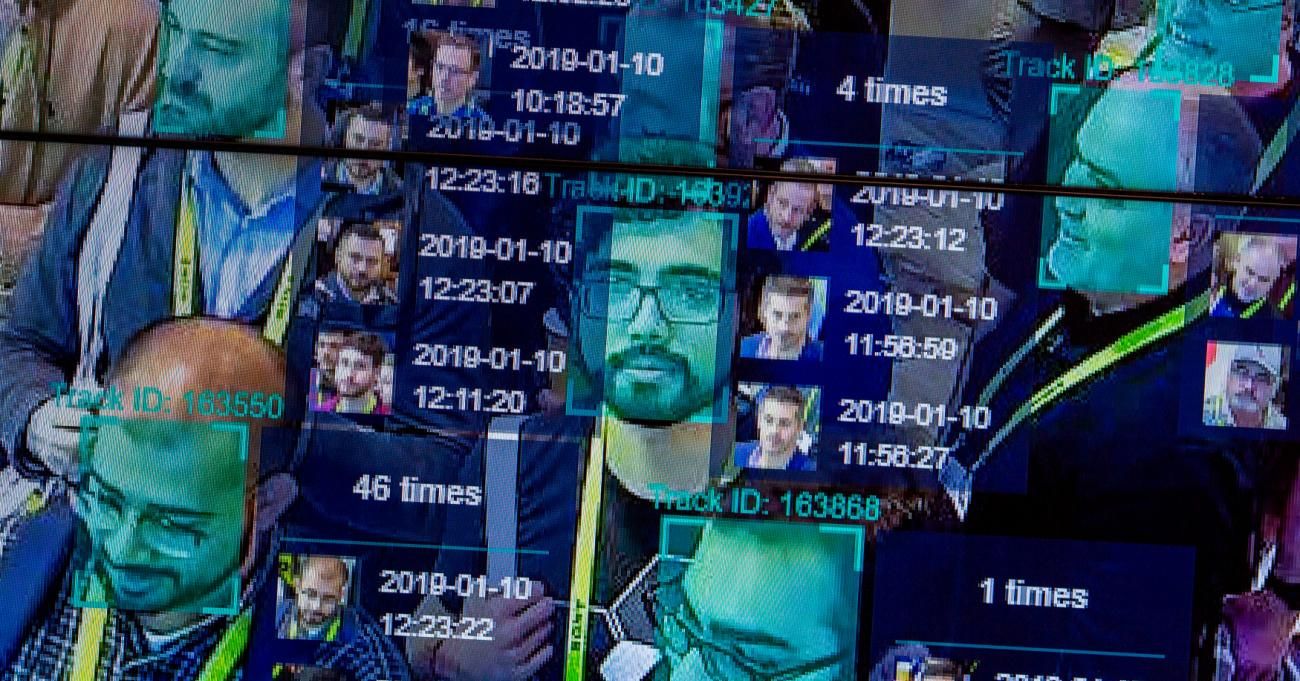
The plans described in the GAO report, tweeted law professor Andrew Ferguson, author of “The Rise of Big Data Policing,” are “what happens when Congress fails to act.”
Six agencies including the Departments of Homeland Security (DHS), Justice (DOJ), Defense (DOD), Health and Human Services (HHS), Interior, and Treasury plan to expand their use of facial recognition technology to “generate leads in criminal investigations, such as identifying a person of interest, by comparing their image against mugshots,” the GAO reported.
DHS, DOJ, HHS, and the Interior all reported using Clearview AI to compare images with “publicly available images” from social media.
The DOJ, DOD, HHS, Department of Commerce, and Department of Energy said they plan to use the technology to maintain what the report calls “physical security,” by monitoring their facilities to determine if an individual on a government watchlist is present.
“For example, HHS reported that it used [a facial recognition technology] system (AnyVision) to monitor its facilities by searching live camera feeds in real-time for individuals on watchlists or suspected of criminal activity, which reduces the need for security guards to memorize these individuals’ faces,” the report reads. “This system automatically alerts personnel when an individual on a watchlist is present.”
The Electronic Frontier Foundation said the government’s expanded use of the technology for law enforcement purposes is one of the “most disturbing” aspects of the GAO report.
But many of the federal government’s planned uses for the technology, Jake Laperruque of the Project on Government Oversight told the Post, “present a really big surveillance threat that only Congress can solve.”
Planned Expansion of Facial Recognition by US Agencies Called ‘Disturbing’
Source: Articles Viral Post
0 Comments